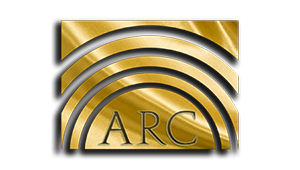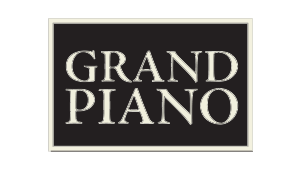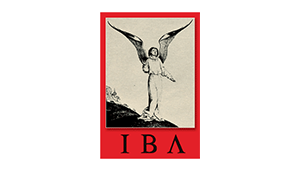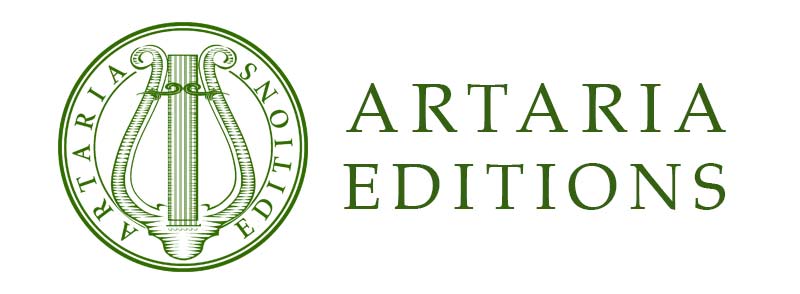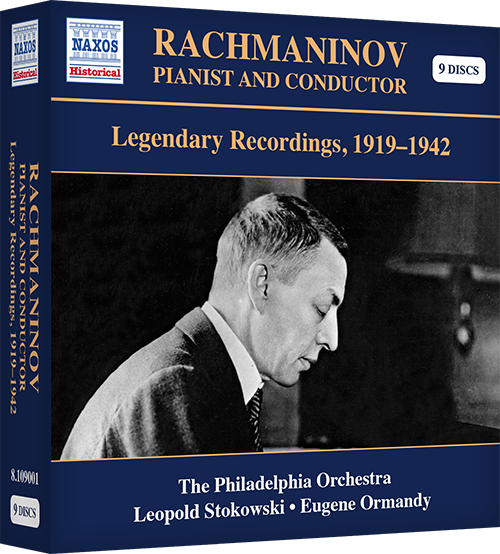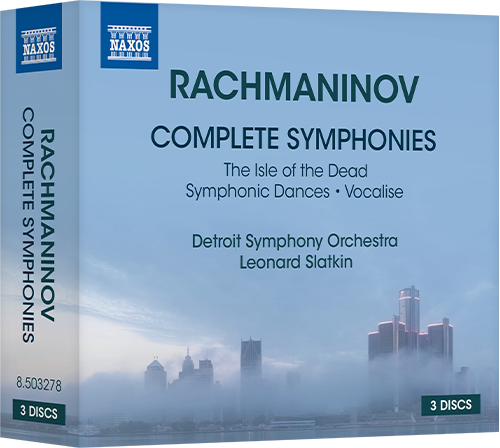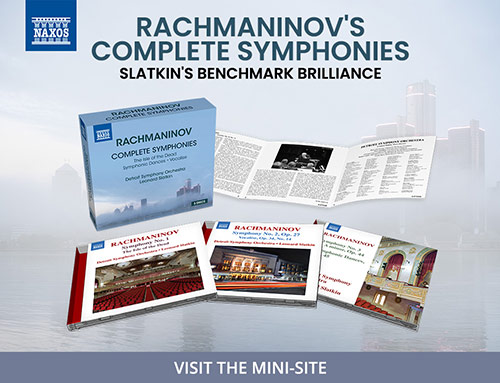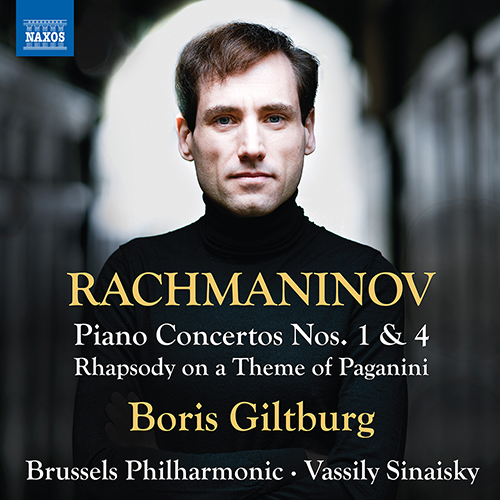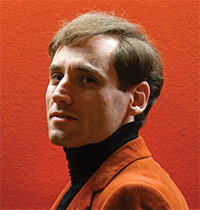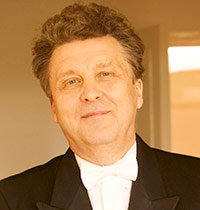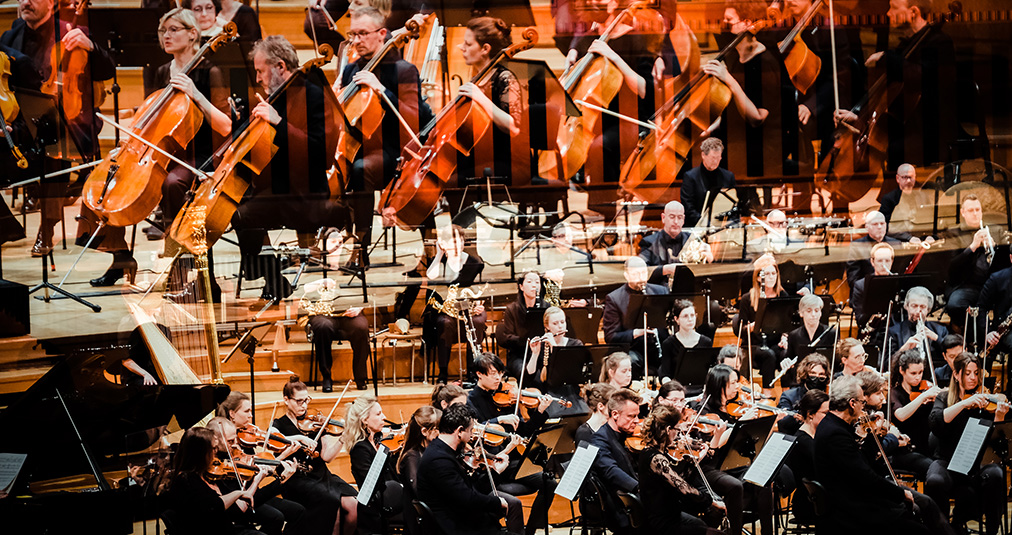As of 1 April, the classical music world has been happily marking the 150th anniversary of the birth of Sergei Rachmaninov, the Russian composer whose legacy continues to affect myriad listeners and performers. This 9-album box set of recordings that Rachmaninov made between 1919 and 1942 showcase him not just as a composer, but also as an outstanding pianist and conductor. The clarity of sound with which Rachmaninov connects personally to today's listeners is due to the superb transfers of those original recordings by Ward Marston and Mark Obert-Thorn, two of the best historical remastering engineers in the world.
Also newly released are a box set of Rachmaninov's complete symphonies and other orchestral works conducted by Leonard Slatkin; and the latest album from Boris Giltburg, who features as soloist in a programme of Rachmaninov piano concertos.
For Rachmaninov’s complete discography on Naxos, please follow this link.
Sergey RACHMANINOV (1873–1943)
Pianist and Conductor
Legendary Recordings, 1919–1942
Sergey Rachmaninov, Piano • ConductorThe Philadelphia Orchestra
Leopold Stokowski • Eugene Ormandy
Rachmaninov’s 78rpm discs constitute one of the most important recorded legacies in the history of music. He started recording for Edison in 1919 but thereafter was a Victor artist for the remainder of his life. These acoustical and electrical recordings attained technical and interpretative heights seldom equalled and saw collaborations with conductors Leopold Stokowski and Eugene Ormandy in the four piano concertos. Rachmaninov performs a broad selection of his own solo piano works as well as favourites from his repertoire by other composers. Symphony No. 3 and The Isle of the Dead can also be heard with The Philadelphia Orchestra under the composer’s baton. The set includes discs not issued at the time and the critically acclaimed remastering has been carried out by Ward Marston and Mark Obert-Thorn.
Sergey RACHMANINOV (1873–1943)
Complete Symphonies
The Isle of the Dead
Symphonic Dances • Vocalise
Detroit Symphony OrchestraLeonard Slatkin
Sergey Rachmaninov’s symphonic career had a rocky start with the premiere of his First Symphony, now recognised as one of the great Russian symphonic works of the late 19th century. Both the powerful First Symphony and the gloriously melodic Second, with its lushly harmonic Adagio third movement, are haunted by the Dies irae chant melody. Rachmaninov considered his Third Symphony to be one of his finest works, alongside the exquisitely orchestrated and virtuosic Symphonic Dances. The enduring attraction of these symphonies is enhanced by the ‘impressive, highly desirable interpretations’ (Gramophone) in this acclaimed edition conducted by Leonard Slatkin.
Sergey RACHMANINOV (1873–1943)
Piano Concerto Nos. 1 and 4
Rhapsody on a Theme of Paganini
Boris Giltburg, PianoBrussels Philharmonic • Vassily Sinaisky
Rachmaninov’s First Piano Concerto was composed while he was a student at the Moscow Conservatoire, then fully reworked before he left Russia in 1917 and again in 1919. It is hard to explain why it never achieved a higher level of popularity – it has all of the melodic beauty, passion and brilliance found throughout the composer’s music. The Fourth Piano Concerto was much revised after harsh criticism at its premiere but it occupies a unique place in Rachmaninov’s oeuvre, showing a progression from lush Romanticism towards the muscular transparency of his later works. The electrifying Rhapsody on a Theme of Paganini is a concerto in all but name – the work’s sense of fun and demonic bravura has ensured its place among the most-loved and often performed works for piano and orchestra.
III. Allegro vivace



